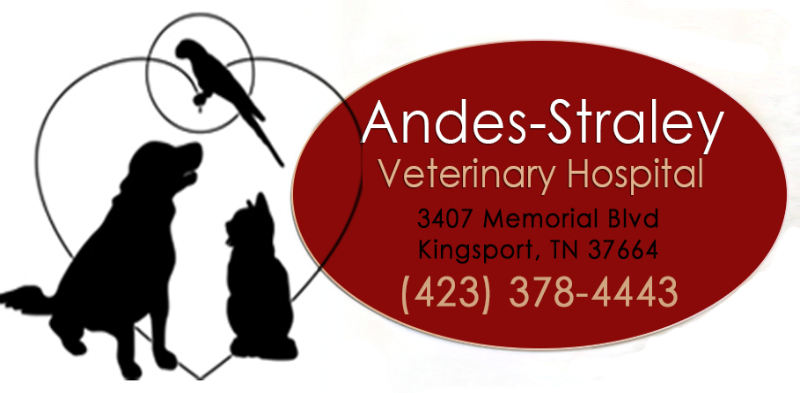Symptoms of Heat Exhaustion in Pets
Summer is here, which means time for vacation and relaxation among family and friends! But, the sky-high temperatures this season also heightens your pet’s risk of heat exhaustion or hyperthermia.
This condition is increasingly frequent in the warmer months as your pets are unable to regulate their own body heat and their body temperature rises above a normal range. This is largely due to the fact that instead of having sweat glands all over their body like humans do, dogs and cats only have a few around their noses or on their feet. Instead of sweating, they rely on panting and external cooling.
To ensure the safety of your four-legged friends this summer, let’s learn how to recognize the key signs of heat exhaustion.
Excessive Panting / Hyperventilation
The first sign of heat exhaustion is often constant or faster than normal panting, especially in dog or cat breeds with flat faces such as Pugs or Persians due to their inability to pant as efficiently as other breeds. This panting will increase as the heatstroke progresses, so it is important to provide a well-ventilated, shaded, and cool space for your pet.
Lethargy / Weakness
Overheating and the start to heat exhaustion can manifest itself in the form of weak movements and lethargy so be sure to keep an eye out for if your pet is sleeping more than usual, playing less, having trouble standing up or laying down, or walking differently than usual.
Dry Nose / Unusual Colored Gums
Dehydration can result in a warm, dry nose as a result of an oncoming fever as well as unusual-colored gums such as bright red, pale gray, purple, or blue.
Diarrhea / Vomiting
Extreme warnings for heat exhaustion often include vomiting and diarrhea. Abnormally soft stool, especially with blood in it, is always a cause of concern.
Drooling / Salivating
Last but not least, excessive drooling can be a sign of heatstroke as well. Particularly, if you notice your pet’s drool is thicker or stickier than usual.
These are just a few of the most noticeable and/or common signs of heat exhaustion in both cats and dogs, however, many more exist which can go unnoticed. Therefore, if you feel your pet is acting abnormally in any way during the summer months, do not hesitate to contact your vet. The number one factor for preventing heat exhaustion is providing a cool, well-ventilated environment. If you have any follow-up questions or concerns about preventing heat exhaustion, feel free to contact us.



